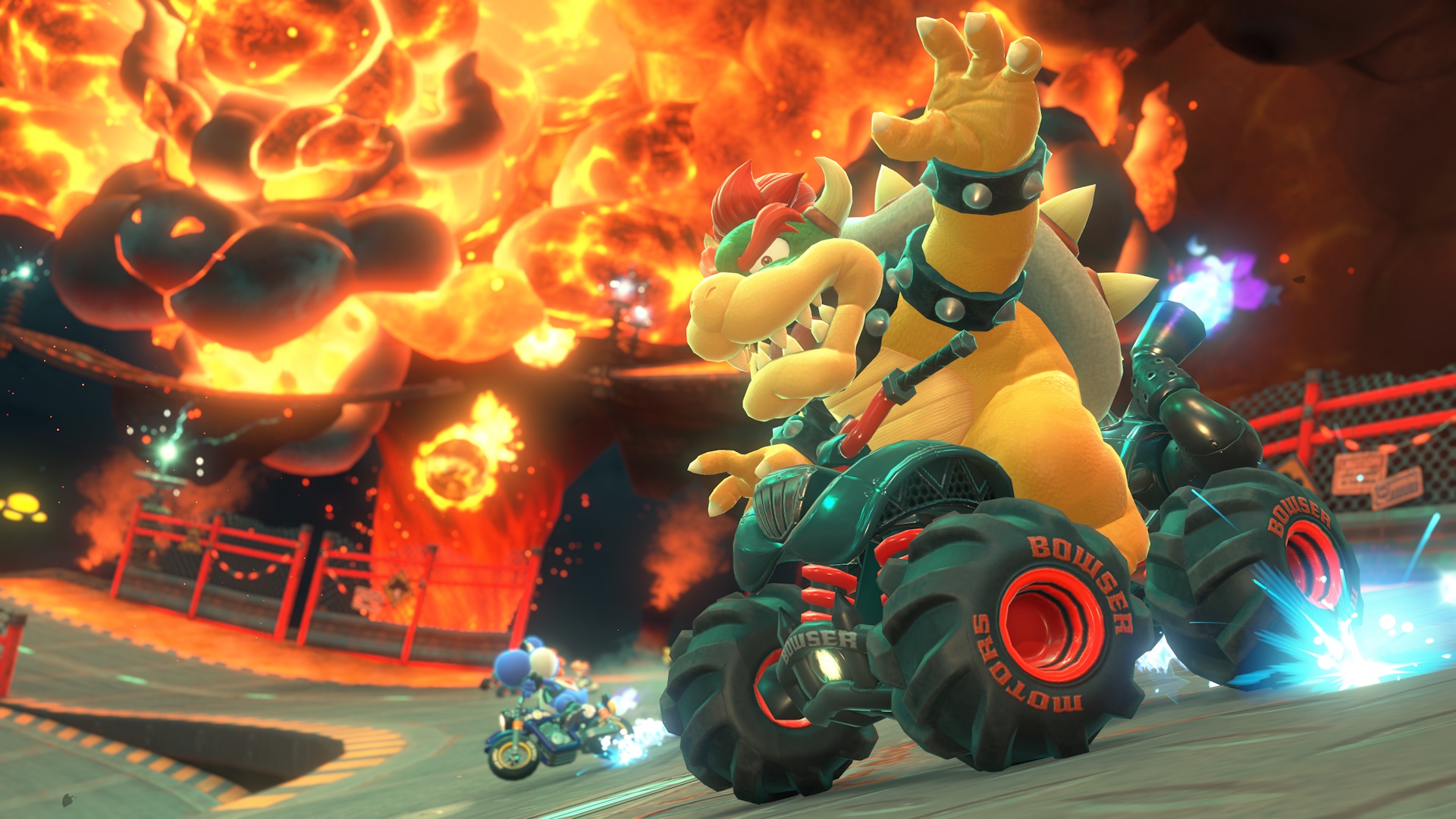When Sega launched Virtua Fighter in the early 1990s, it marked a watershed moment for the fighting game genre.
Credited to Yu Suzuki and the AM2 development team, Virtua Fighter introduced groundbreaking 3D gameplay, sophisticated camera angles, and new collision systems that set a new gold standard for competitive fighting titles.
Its success quickly rippled through the industry, inspiring numerous developers to pursue their own 3D fighters—Atari among them. Development on Fight For Life began in 1994 for the Atari Jaguar, Atari’s 64-bit console.
At the helm was Francois Yves Bertrand, a former member of Sega’s AM2 team credited for his work on Virtua Fighter’s camera and collision systems, in addition to contributions to Daytona USA, Virtua Fighter 2, and Virtua Cop.
Bertrand’s expertise was highlighted in early promotions, hinting at high expectations for Atari’s entry into the 3D fighting field.
However, the project endured a troubled development, culminating in a release that received widespread critical disappointment.
Publications such as GameFan famously described Fight For Life as the platform’s lackluster swan song. Anecdotes from the era, including a 1997 blog post by Kenji Aoyagi as catalogued by GDRI, recount how Sega considered legal action due to perceived similarities between Fight For Life and Virtua Fighter.
At a programming conference attended by AM2 and Virtua Fighter contributor Tetsuya Kaku, Sega staff noticed the close resemblance after a former French developer from their team joined Atari.
Kaku described how Sega collected material for a potential lawsuit but ultimately decided against pursuing legal action, reportedly due to the inferior animation quality shown by Fight For Life.
According to Aoyagi, Sega determined that it would be counterproductive to sue, as the Jaguar offering did not match Virtua Fighter’s technical achievement. At the same time, Sega and Atari had established an intellectual property sharing agreement, a product of Atari’s earlier efforts to defend patents dating back to the Nolan Bushnell era—complicating any potential legal disputes between the companies. In a 2019 interview with Arcade Attack, Bertrand reflected on the game’s difficult journey to completion.
He recounted how significant staff layoffs at Atari hampered development.
"The game was not finished when layoffs began.
It was close, but it needed more time to reach its potential,” Bertrand explained.
Eventually, after also being laid off, Bertrand negotiated an extra few months to finalize what he could, though he believed at least five more months were necessary to sufficiently QA and polish the title.
Time and resource constraints, he noted, directly led to cuts and an overall lack of polish in the final product.
Bertrand has since moved on to work at Apple in the United States. Though Fight For Life never achieved the acclaim of Virtua Fighter, its story remains a fascinating chapter in 1990s fighting game history and underscores the far-reaching influence Sega and Yu Suzuki’s innovations had on competing developers and hardware platforms such as the Atari Jaguar.
Credited to Yu Suzuki and the AM2 development team, Virtua Fighter introduced groundbreaking 3D gameplay, sophisticated camera angles, and new collision systems that set a new gold standard for competitive fighting titles.
Its success quickly rippled through the industry, inspiring numerous developers to pursue their own 3D fighters—Atari among them. Development on Fight For Life began in 1994 for the Atari Jaguar, Atari’s 64-bit console.
At the helm was Francois Yves Bertrand, a former member of Sega’s AM2 team credited for his work on Virtua Fighter’s camera and collision systems, in addition to contributions to Daytona USA, Virtua Fighter 2, and Virtua Cop.
Bertrand’s expertise was highlighted in early promotions, hinting at high expectations for Atari’s entry into the 3D fighting field.
However, the project endured a troubled development, culminating in a release that received widespread critical disappointment.
Publications such as GameFan famously described Fight For Life as the platform’s lackluster swan song. Anecdotes from the era, including a 1997 blog post by Kenji Aoyagi as catalogued by GDRI, recount how Sega considered legal action due to perceived similarities between Fight For Life and Virtua Fighter.
At a programming conference attended by AM2 and Virtua Fighter contributor Tetsuya Kaku, Sega staff noticed the close resemblance after a former French developer from their team joined Atari.
Kaku described how Sega collected material for a potential lawsuit but ultimately decided against pursuing legal action, reportedly due to the inferior animation quality shown by Fight For Life.
According to Aoyagi, Sega determined that it would be counterproductive to sue, as the Jaguar offering did not match Virtua Fighter’s technical achievement. At the same time, Sega and Atari had established an intellectual property sharing agreement, a product of Atari’s earlier efforts to defend patents dating back to the Nolan Bushnell era—complicating any potential legal disputes between the companies. In a 2019 interview with Arcade Attack, Bertrand reflected on the game’s difficult journey to completion.
He recounted how significant staff layoffs at Atari hampered development.
"The game was not finished when layoffs began.
It was close, but it needed more time to reach its potential,” Bertrand explained.
Eventually, after also being laid off, Bertrand negotiated an extra few months to finalize what he could, though he believed at least five more months were necessary to sufficiently QA and polish the title.
Time and resource constraints, he noted, directly led to cuts and an overall lack of polish in the final product.
Bertrand has since moved on to work at Apple in the United States. Though Fight For Life never achieved the acclaim of Virtua Fighter, its story remains a fascinating chapter in 1990s fighting game history and underscores the far-reaching influence Sega and Yu Suzuki’s innovations had on competing developers and hardware platforms such as the Atari Jaguar.






